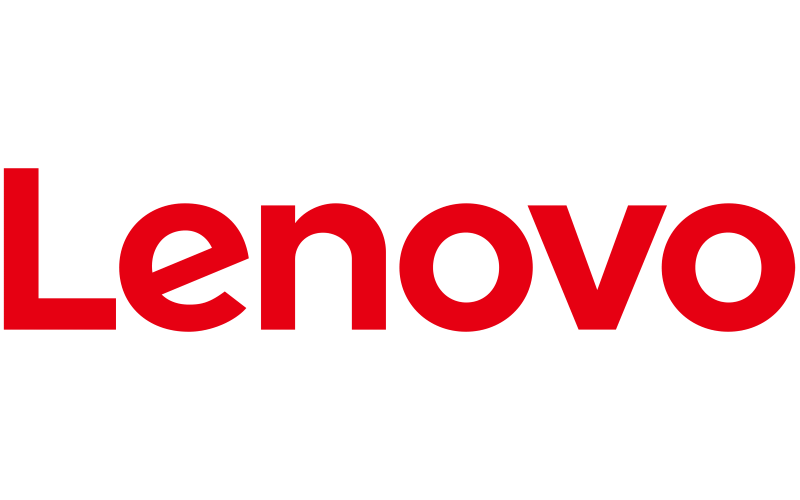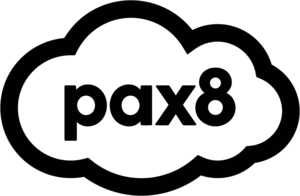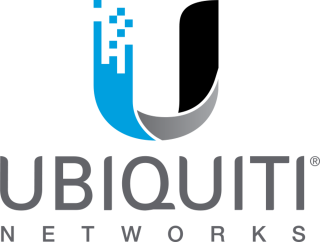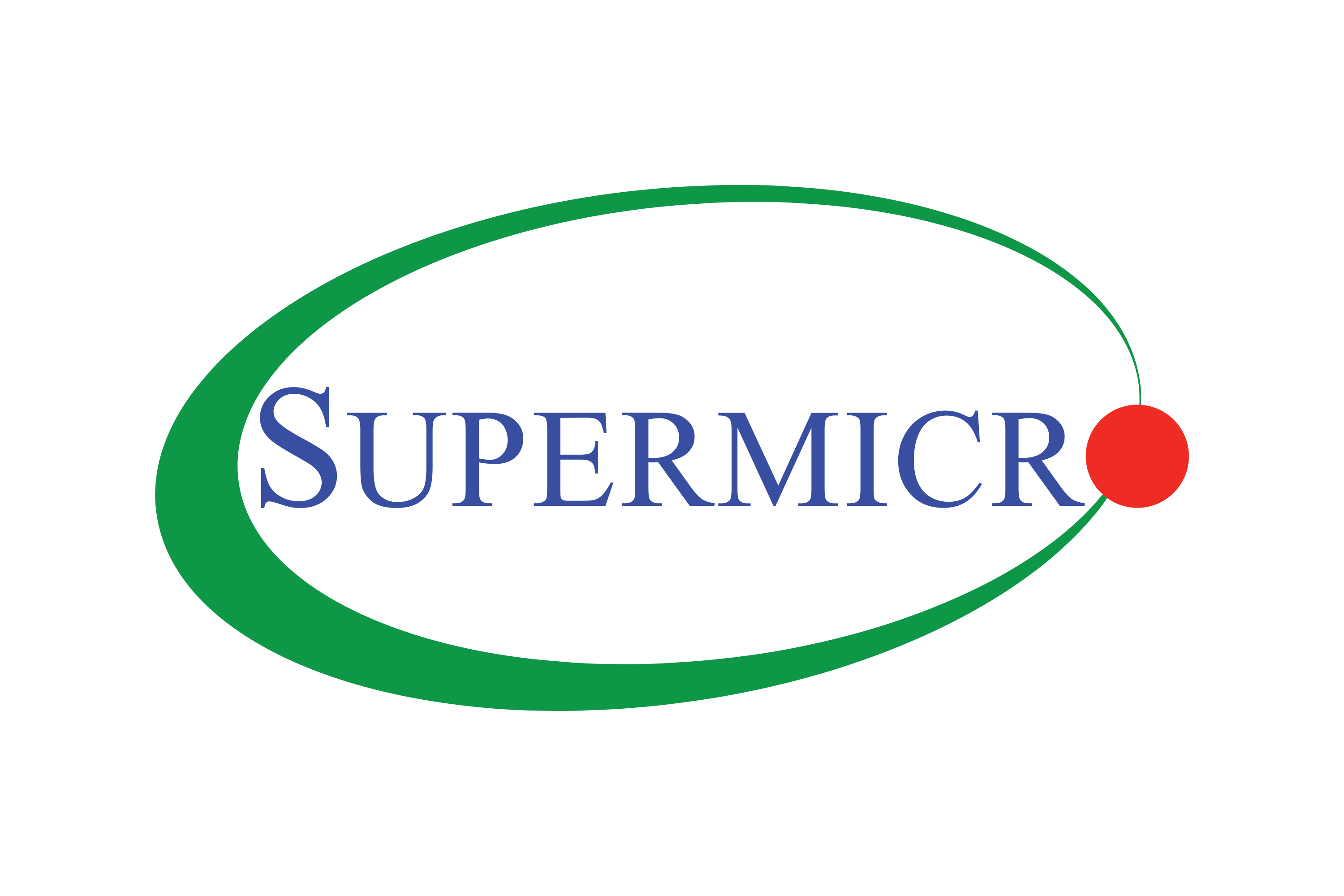You may or may not have noticed, but the absence of excellent documentation results in substantial time, energy, and resource waste. Around half of U.S. employees believe that searching for items at work is more painful than visiting the dentist. Ouch! They spend close to two hours per day searching for files, information, and coworkers.
Does this sound familiar? By taking a closer look at IT documentation, we can determine how to eliminate this problem of waste within your IT department.
What is the documentation for IT?
IT documentation is the act of carefully collecting and structurally organizing all your mission-critical IT information so that your IT team(s) may quickly and readily obtain the relevant information (the information they need) (when they need it).
Now, it is possible that you are doing this already in some capacity. Indeed, we are living in the “era of data.” But the key is to do it correctly!
Documenting a large amount of data that is dispersed across multiple platforms and tools is pointless. This is known as information sprawl, and when this occurs, it is difficult to access information on demand.
When we speak of IT documentation, we refer to:
- Anything crucial for your IT team should be meticulously documented (s)
- Documenting everything in a manner that facilitates on-demand access
- Information technology documentation to improve corporate processes throughout the board.
Currently, you are likely thinking, “That sounds wonderful! So how shall we record everything?” Alright, let’s have a look.
Creating order within IT documents
We may document all we need by documenting in an organized manner — by systematically addressing diverse IT operations areas of interest. Let’s look at some examples of what we mean.
Policies and Procedures: Documentation of rules and procedures assists in establishing guidelines for IT use inside a business. It describes what employees must do with corporate assets and establishes efficiency-enhancing requirements. Establishing IT policies and processes also protects against security concerns by raising team knowledge. It aids in the management of company technology. Policies communicate organizational ideals and provide decision-making parameters. They present rules in a logical fashion. Procedures, on the other hand, explain the processes necessary to carry out tasks. They facilitate the efficient attainment of objectives.
Passwords: Around 95% of cybersecurity concerns are attributable to human mistake. Nonetheless, employees and clients continue to manage passwords on spreadsheets. Bear in mind that safe password managers that are simple and secure can be utilized. Some of them connect nicely with Chrome, making documentation faster and automatic; no manual copy-pasting is required. By asking users to generate robust passwords, etc., they make logging in less stressful and safer. With the most recent improvements in password management and documentation, you can control password access, reset them effortlessly, and do much more.
Assets: The dispersion of your asset information is not a scalable solution. Documenting all asset information in a one location allows your asset management system to scale with your organization. By providing a full perspective of your whole network, establishing a structure for your assets will assist you in forming meaningful relationships. You’ll also be able to proactively maintain your assets with a clear view of warranties that are running out, things that need to be replaced, etc. This in turn will help you prepare your budget and get it authorized early.
Vendors: This encompasses all of the processes and technologies used to manage your IT vendors. Effective IT vendor documentation and management can help you select the most suitable vendors based on your organization’s long-term objectives. It will help you develop mutually beneficial connections with your vendors while helping you optimize your negotiations. Obviously, you will be able to track vendor KPIs and analytics to ensure that your SLAs are met. Finally, it will assist you in managing vendor risks and preventing data breaches and other security concerns.
Users: Without proper user management and documentation, it will be extremely challenging to determine which users have access to which resources. Modern workforces are dispersed across various sites, making it difficult to reduce security concerns and maximize operational efficiency. A strong IAM (Identity and Access Management) tool will enable you to easily retain user records and manage them across the entirety of your organization. Regardless of the number of users on your system, you will be able to effortlessly manage user access through suitable authentication and authorization processes, as well as regulate user activity.
Creating order in your IT documentation by addressing multiple areas of interest will help you optimize IT and business operations while reducing inefficiencies. Your IT documentation will serve as a single source of truth and simplify your processes. It will assist you with quality control, recording and sharing of knowledge, staff onboarding and training, and compliance requirements.
Now that you understand the influence that strong IT documentation can have on your organization, here are some ways to increase the value of your IT documentation.
Three essential IT documentation elements
Developing quality documentation is a strategic endeavor. It is less important how much information you document than how much value you can obtain from that information. Concentrate on these three essential components:
- Documenting your infrastructure is the starting point. Automate as much of this process as feasible with your PSA, RMM, and other tools, including APIs that can gather vital data from other sources.
- Contextualize your documentation: Link multiple infrastructure components in your documents. Connect users to endpoints, workflows to your team’s work, etc. to identify and eliminate inefficiencies and optimize your business operations. This will bring your documentation to life and increase its value to your business or group.
- Use documents for commercial objectives: Initiate a strategic examination of documentation to determine how you can boost automation, minimize the effort of your employees, quickly resolve tickets, and achieve other business objectives.
Putting theory into practice
Here are some last recommendations for applying what we have discussed.
Begin now: Once you’ve decided to utilize documentation, make it a top priority and get to work making it a reality. The earlier you begin, the sooner your office will become more productive.
Set priorities: We believe that anything can be documented. Start by documenting what is most important for your organization. Emphasize the documentation of information that will provide the greatest returns.
Establish standards: Your documentation must be consistent, so ensure that everyone in your organization is on board and using the same formats.
Assigning responsibilities: Provide distinct roles and duties to the documentation and review procedures.
Incentivizing Participation: documentation cannot be implemented without team engagement. Create weekly incentives, contests, and other methods to motivate team members to actively contribute to documentation efforts.
Invest in a documentation tool: Manual documentation may be worse than no documentation at all, as you may waste a great deal of time without significantly influencing the bottom line. Invest in a documentation tool that can transform your organization and give you a market advantage.
Create an update cadence: Ensure that your documentation is well-maintained and up-to-date by analyzing the information you collect periodically and refining your documentation procedures.
Make your IT documentation productive
When you don’t have IT documentation or perform it incorrectly, you lose. Excellent IT documentation is a thing of beauty. Similar to a Swiss Army Knife, it offers a multitude of benefits and can cut through your organization’s inefficiencies to provide you a competitive edge and help you develop strong relationships with your stakeholders, employees, vendors, and consumers. It enables your teams to access the appropriate information at the appropriate moment. If you treat IT documentation with respect, it will undoubtedly respect you in return. Contact Exodata today to learn how your firm can make the most of intelligent IT documentation.










